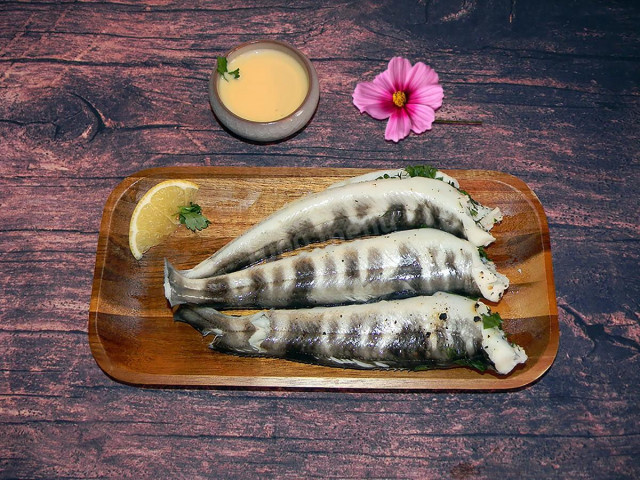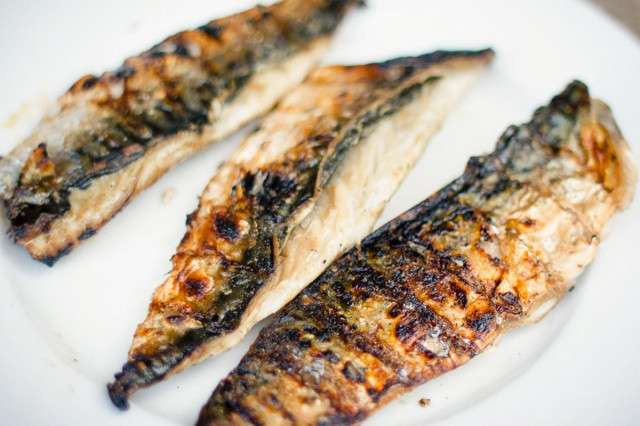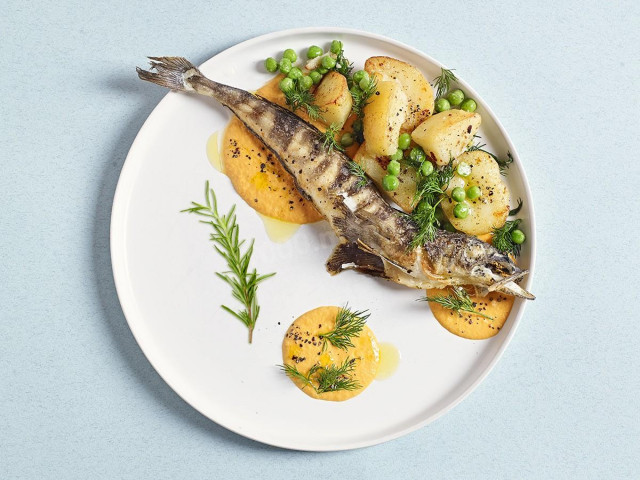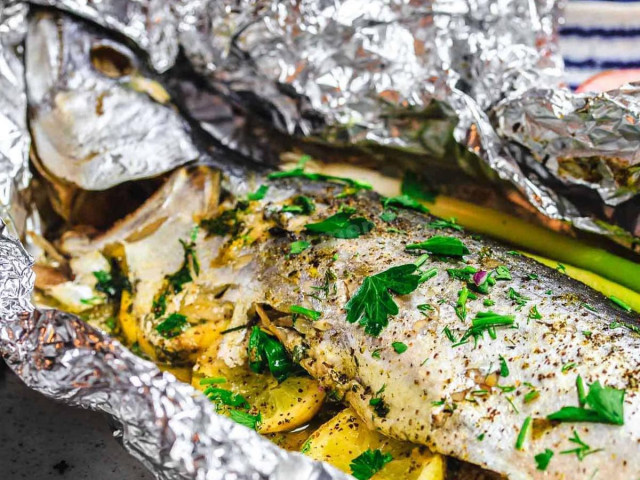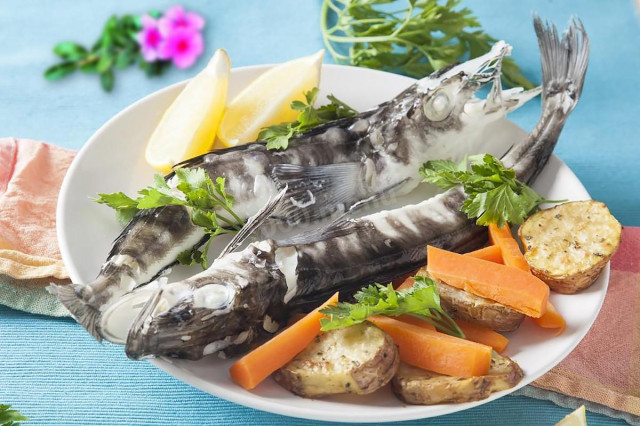Ice fish is also called pike-like whitefish, or white-blooded pike, or sea pike. Quite different species of fish belonging to the white-blooded family are often combined under this name. They are white-blooded in the truest sense of the word - their blood has no color, hence the collective name "icy". Its habitats are oceanic and marine waters in the region of South America and Antarctica.
Ice fish is most often found in recipes with these five products:
The ice fish is large, considered large, can reach a weight of 1.2 kg, a length of 66 cm. There are specimens up to 70 cm in length and 3.2 kg in weight. The average size of this fish is 45 cm. It is commercial, valuable, contains a lot of phosphorus, fluorine, and potassium. Directly in Russia, it is one of the most expensive.
Almost all recipes with ice fish are popular because its meat does not have that repulsive fishy smell. That is, if you serve a person a dish with it, he will not understand that he is eating fish. Thus, ice cream can be safely included in the children's diet if the child refuses to eat the usual one.
The meat of this beauty is quite tender, lean, dense texture, calorie content - up to 140 kCal. It also has practically no bones, only a central ridge. And even that one is so soft that it is quite possible to chew it.
It is best to steam ice fish or use it in dishes where cooking is required. For example, for aspic and jelly. Stroganina turns out to be very tasty from it. Moreover, this fish lives in ecologically clean waters and is one of the cleanest inhabitants of the ocean.
